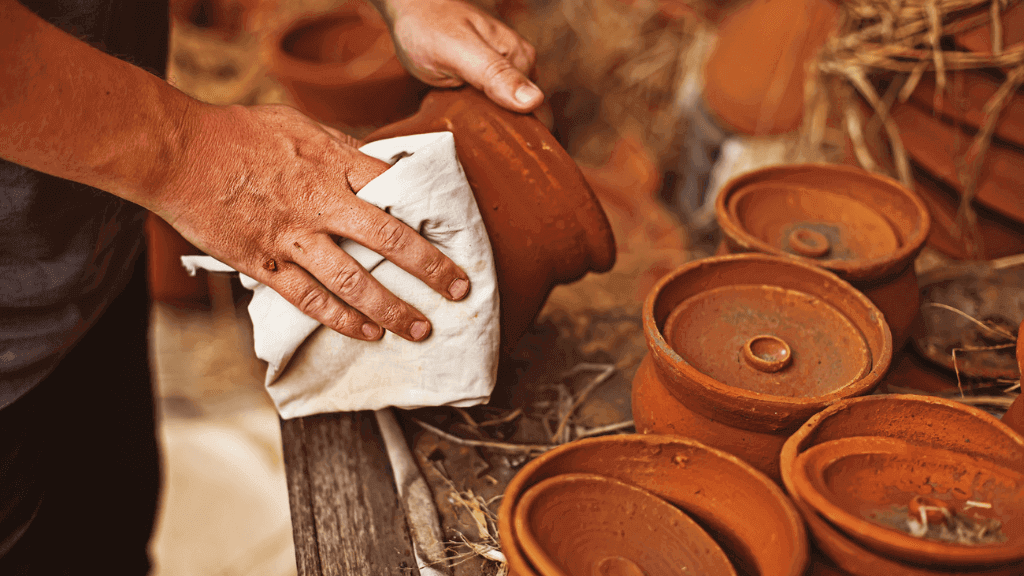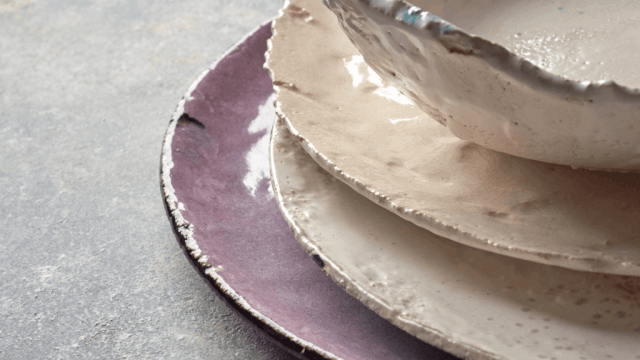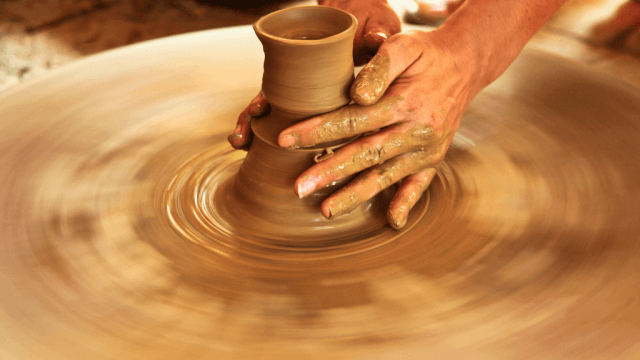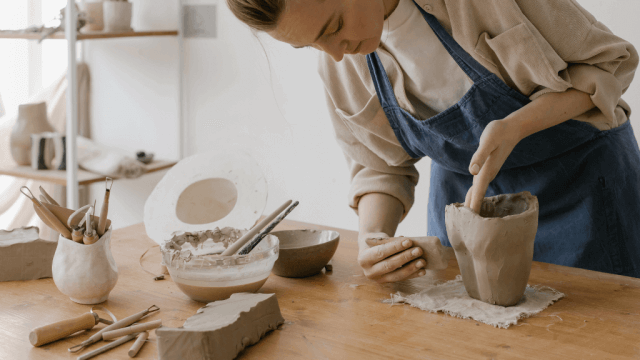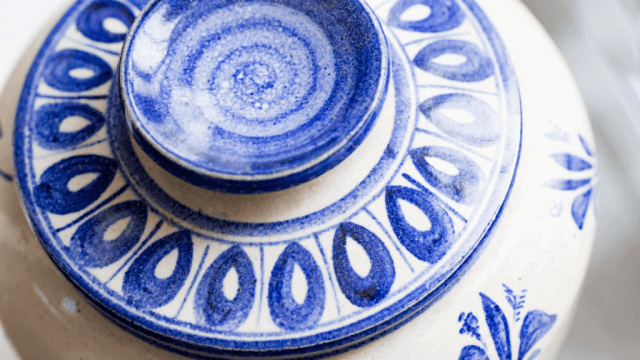To clean pottery, follow these steps: 1) gently remove loose dirt using a soft brush or cloth, 2) use a mixture of mild soap and warm water to dampen a soft cloth, 3) gently clean the pottery surface by wiping with the damp cloth, 4) rinse the cloth, and 5) pat dry the pottery using a clean, dry cloth or air dry completely. Avoid scrubbing or soaking pottery, as it may damage fragile pieces or finishes.
Step-by-Step Guide on Cleaning Pottery Safely
Properly cleaning pottery is essential to maintain its beauty and value. In this blog post, we offer clear instructions and valuable tips to ensure quality results with minimum risk of damage.
Understanding Your Pottery
Identifying Materials and Characteristics
Before cleaning, it is crucial to recognize the type of pottery you have, including the specific materials, glazes, or decorations. Becoming familiar with your pottery enables you to use the safest cleaning methods.
Take Note of Vulnerabilities
Examine your pottery for any vulnerabilities such as cracks, chips, or fragile areas. Be extra careful when handling and cleaning these spots to prevent further damage.
Essential Cleaning Supplies and Techniques
Use Gentle Tools and Materials
Collect these supplies for cleaning your pottery: a soft brush, a clean, lint-free cloth, mild soap, and warm water. These items help to avoid scratching or harming the pottery surface during cleaning.
Cleaning Process for Your Pottery
Step 1: Remove Loose Dirt
Use a soft brush or cloth to gently remove any loose dust, dirt, or debris from the pottery surface.
Step 2: Prepare Mild Soap Solution
Prepare a mixture of mild soap and warm water. Avoid harsh chemicals or strong detergents that could damage glazes, paint, or finishes.
Step 3: Dampen a Soft Cloth
Soak a clean, lint-free cloth in the soapy water, and wring it out so it is damp and not dripping wet.
Step 4: Clean the Pottery
Gently wipe the surface of your pottery with the damp cloth. Take extra care around vulnerable areas. Do not scrub or soak the pottery, as it can damage delicate pieces.
Step 5: Rinse and Dry
Rinse the cloth with clean water, wring it out, and wipe the pottery to remove any soap residue. Finally, pat dry with a clean, dry cloth or allow the pottery to air dry completely to avoid water damage.
Maintaining Your Pottery
Regular care and maintenance of your pottery will ensure its longevity and beauty. Practicing proper handling, storage, and display techniques will minimize the risk of accidental damage, fading, or deterioration.
Handling Your Pottery
When handling pottery, make sure to use clean hands or lint-free gloves. This prevents natural oils or dirt from causing damage or creating spots on the surface. If possible, hold the pottery from the base or the sturdiest part of the piece to avoid pressure on delicate areas.
Proper Storage
Store pottery in a clean, dry, and stable environment. Avoid exposing it to extreme temperatures, humidity, or direct sunlight, which may cause cracking, fading, or other damage. If stacking pottery, place felt pads, bubble wrap, or soft material between pieces to prevent scratches or chipping. Ensure that shelves or cabinets can support the weight of your pottery collection.
Displaying Your Pottery
Display pottery away from high-traffic areas or unstable surfaces to minimize the risk of accidents. Keep pottery out of direct sunlight to prevent fading and use museum wax or earthquake putty to secure unstable items on display.
Dealing with Stubborn Stains and Marks
For stubborn stains or marks, consider consulting a professional pottery restorer or an expert in the type of pottery you own. They can provide guidance on the best cleaning methods or even offer specialized services to handle delicate or high-value pieces.
When to Clean Your Pottery
Regular cleaning (every 1-2 months) will help prevent dust buildup and keep your pottery looking its best. However, be aware that excessive cleaning can also cause wear and tear, particularly on antique or delicate pieces. Adjust the frequency of cleaning based on the specific requirements of your pottery collection.
Frequently Asked Questions
In this FAQ section, we address common questions and concerns about cleaning and caring for pottery with concise answers that are helpful and easy to understand.
Can I clean pottery with vinegar or baking soda?
While vinegar and baking soda can be used to clean some household items, it is best to avoid using them on pottery as they may damage delicate finishes, glazes, or paint. Stick to using a mixture of mild soap and warm water for safest results.
What is the best way to store pottery to prevent damage?
Store pottery in a clean, dry, and stable environment free from extreme temperature fluctuations and direct sunlight. When stacking, place felt pads, bubble wrap, or soft material between pieces to avoid scratches or chipping. Make sure shelves or cabinets can support the weight of your pottery collection.
How often should I clean my pottery?
Regular cleaning (every 1-2 months) will help prevent dust buildup and keep your pottery looking its best. However, adjust the frequency of cleaning based on the specific requirements of your pottery and be aware that excessive cleaning can cause wear and tear, particularly on antique or delicate pieces.
Should I use a protective spray on my pottery to make cleaning easier?
Although protective sprays can repel dust and dirt, they may also leave a residue, interfere with glazes, or change the appearance of your pottery. It is generally best to avoid using protective sprays on pottery, and instead focus on careful handling and cleaning methods.
What should I do if my pottery has stubborn stains or marks?
For stubborn stains or marks, consider consulting a professional pottery restorer or an expert in the type of pottery you own. They can provide guidance on the best cleaning methods or even offer specialized services to handle delicate or high-value pieces.
